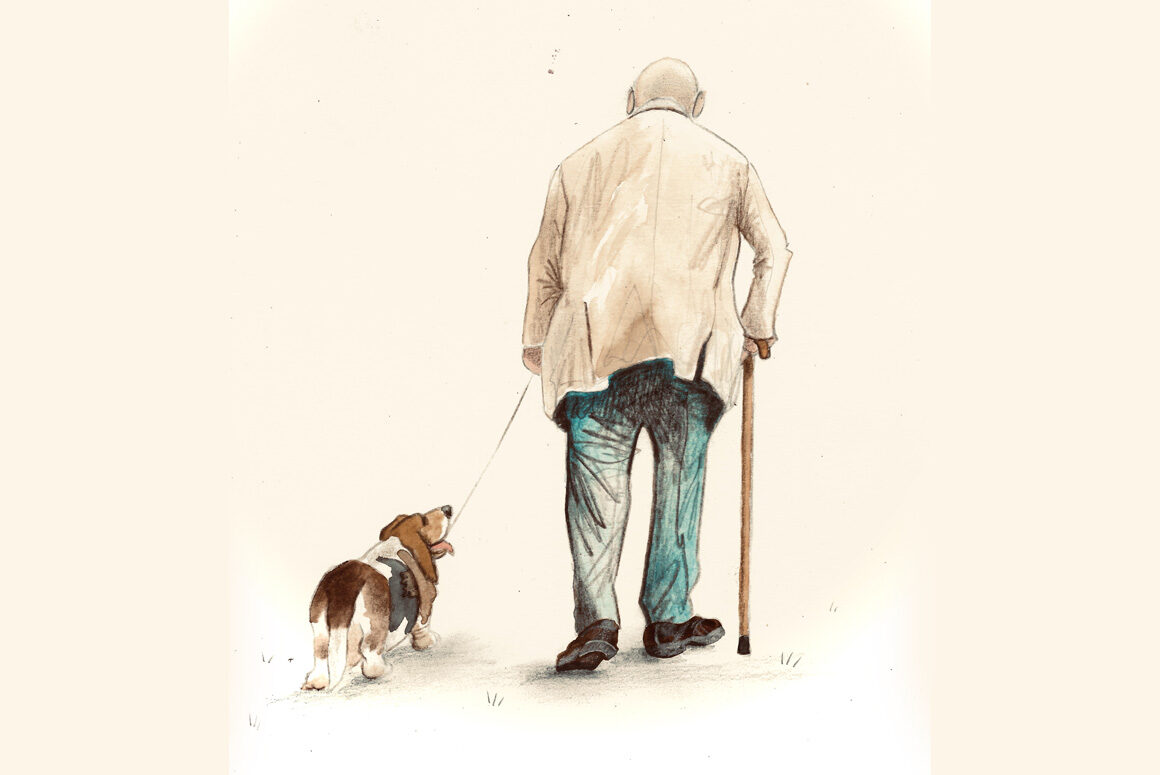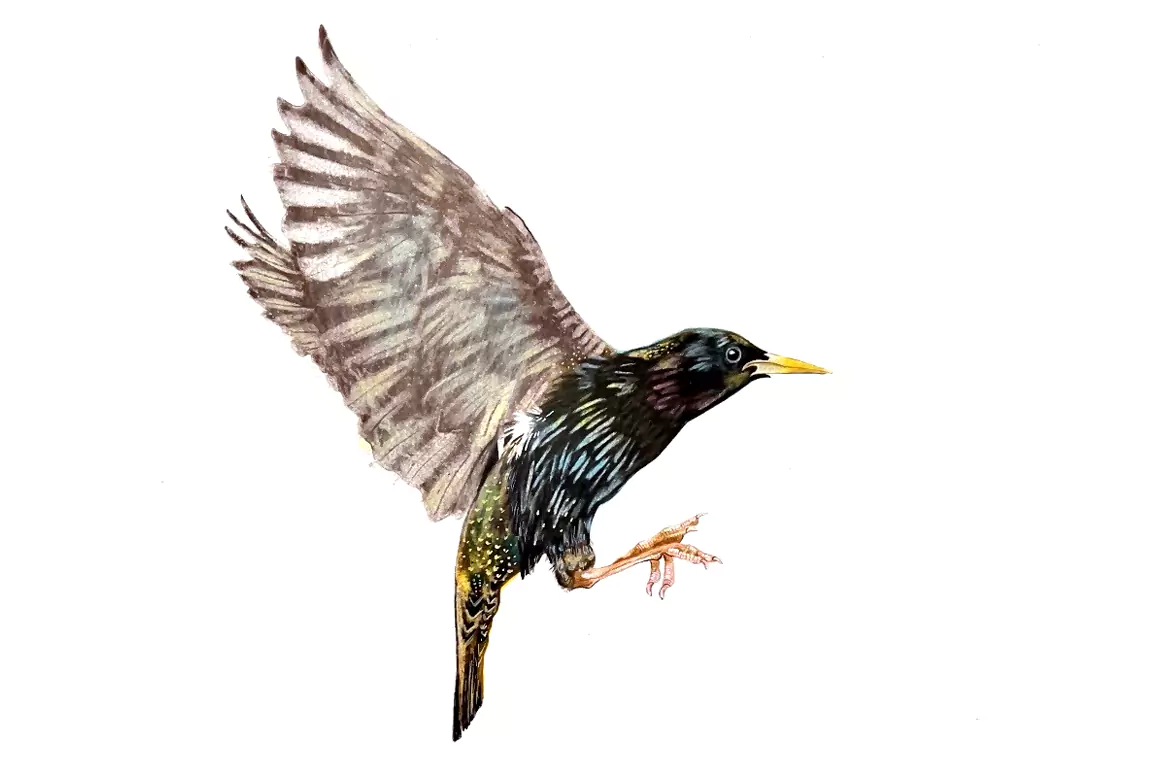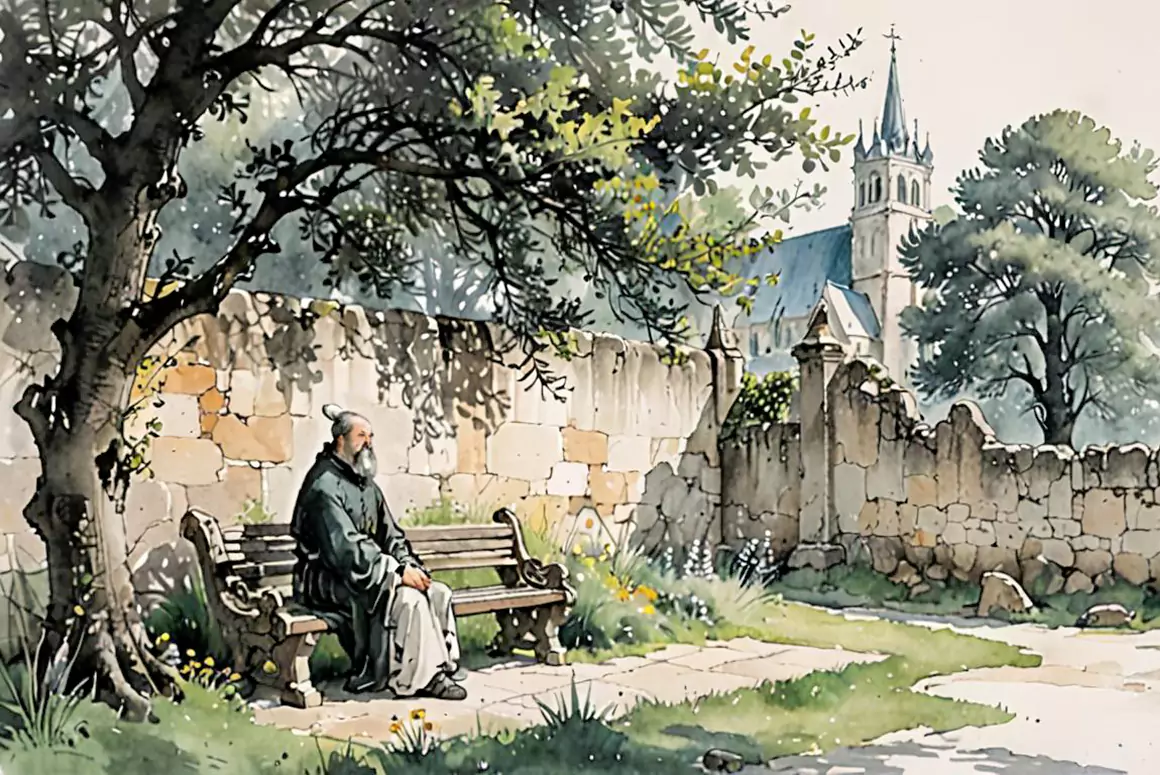The charity shop was bustling with life, even this early on a Saturday morning. The piercing shriek of metal on metal shredded the air as a few people flicked through the rails of clothes, dragging hangers and hooks along the metal racks; others flipped and clacked their way through ranks of DVDs, glassware clinked as it was lifted from shelves and held up to the light for scrutiny and, beneath all of this, the steady susurration of gentle weekend chatter threaded everything together.
As per usual I headed straight for the book section, squeezing past two middle-aged ladies deeply ensconced in a conversation about the merits of a certain recipe. As I brushed past them, my movement set in motion a sudden rattling sound, a bone-clack jangle that bashed all the other sounds into the background and stopped me in my tracks.
I glanced down to where the noise had originated from and saw them, propped in an umbrella stand in the corner, huddling together as though through some shared survival instinct, a…what exactly is the collective noun for walking sticks? As soon as I thought about it, I realised that this was probably a redundant question for, looking at them, it was clear that this was less a collective than a gathering of individuals.
In a world that seems to become more generic and soulless as time goes by, sights like this strangely seem to gladden me, offering reassurance that there is room yet for individuality, for no two sticks in the stand were alike.
There were varying degrees of straightness amongst them; some stood poker-straight whilst others seemed to meander down their entire length, the wood flowing from knuckle to knuckle and looking almost as though they had been plucked straight from the tree. Others still carried only the faintest hint of a bow, a sign of the former owner’s leaning to one side or the other, generated by age or ailment or merely a lazy, languid tilt, suggestive of a propensity to dawdle and stand propped against a near wall or gatepost to soak up a little sunshine and passing gossip.
The inhabitants of the rack also represented a wide spectrum of yellows, browns and oranges of different woods in various hues, from the aged and almost black of some to the mellower honey and mustard tones of others, deepened and softened in the handle area by the natural oils imparted by the long use past users.
Basho knew the value of a good stick as he wove his perpetual trails around Edo-period Japan, particularly lamenting its absence when t had been needed most:
Had I crossed the pass
supported by a stick,
I would have spared myself
the fall from the horse.
Poets and sticks seem to go hand(le) in hand, from the more obvious users like the wandering Edward Thomas to Seamus Heaney who, just a couple of years shy of his 50th birthday, contemplated his own aging a few months after the passing of his father Patrick, noting how he had come to brave the January ice “with my father’s stick”.
My own father has no stick to pass on, not yet anyway, but I vividly recall my grandfather’s stick which, rather than acting as a mere accessory or tool to aid him on his travels, actually became his travels, or at least a record of his travels. Wherever he went with my grandmother, be it on a day trip or a foreign holiday, he would find and buy a little metal badge, like a heraldic shield, which invariably carried painted likenesses of local landmarks. These he would tack to the shaft of his walking stick, and thus his stick came to be adorned with everything from the castles of ancient European towns to the daffodils and dragons of Welsh seaside holiday spots.
As I contemplated these sticks for a brief moment, I thought about my own stick somewhere in the future, considering particularly which wood I would choose. Would I perhaps opt for beech, its light tones helpfully accommodating to whichever tint I may wish to stain it, its elegant giving nature ready to bend to the walks and stories I stored in its grain? Perhaps I’d go for ash, the farmer’s favourite (as evidenced by that stick inherited by Heaney from his farming father), coming to depend upon its traditional, rustic resilience when times became a little tougher? Or maybe I’d even go for the dreamer’s choice – Hazel – which, as legend has it, protects against evil spirits whilst offering variety and interest in its inherent colours.
The need for a stick of my own is, I hope, still some way off yet, so there’s plenty of time to dither and ponder my choices. Perhaps I’ll consult a couple of these specimens first, picking them up, running them through my fingers to try their feel, their texture, and trying to tap into the stories they have to tell.





